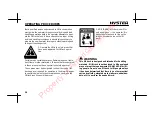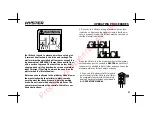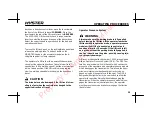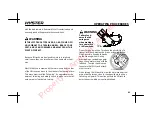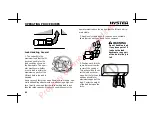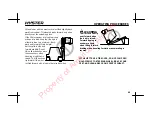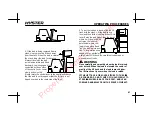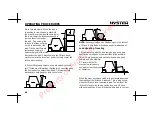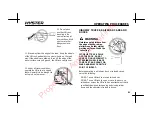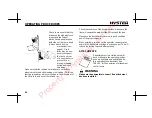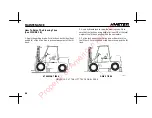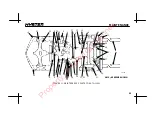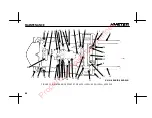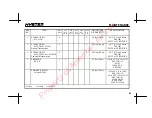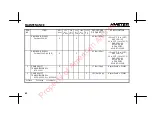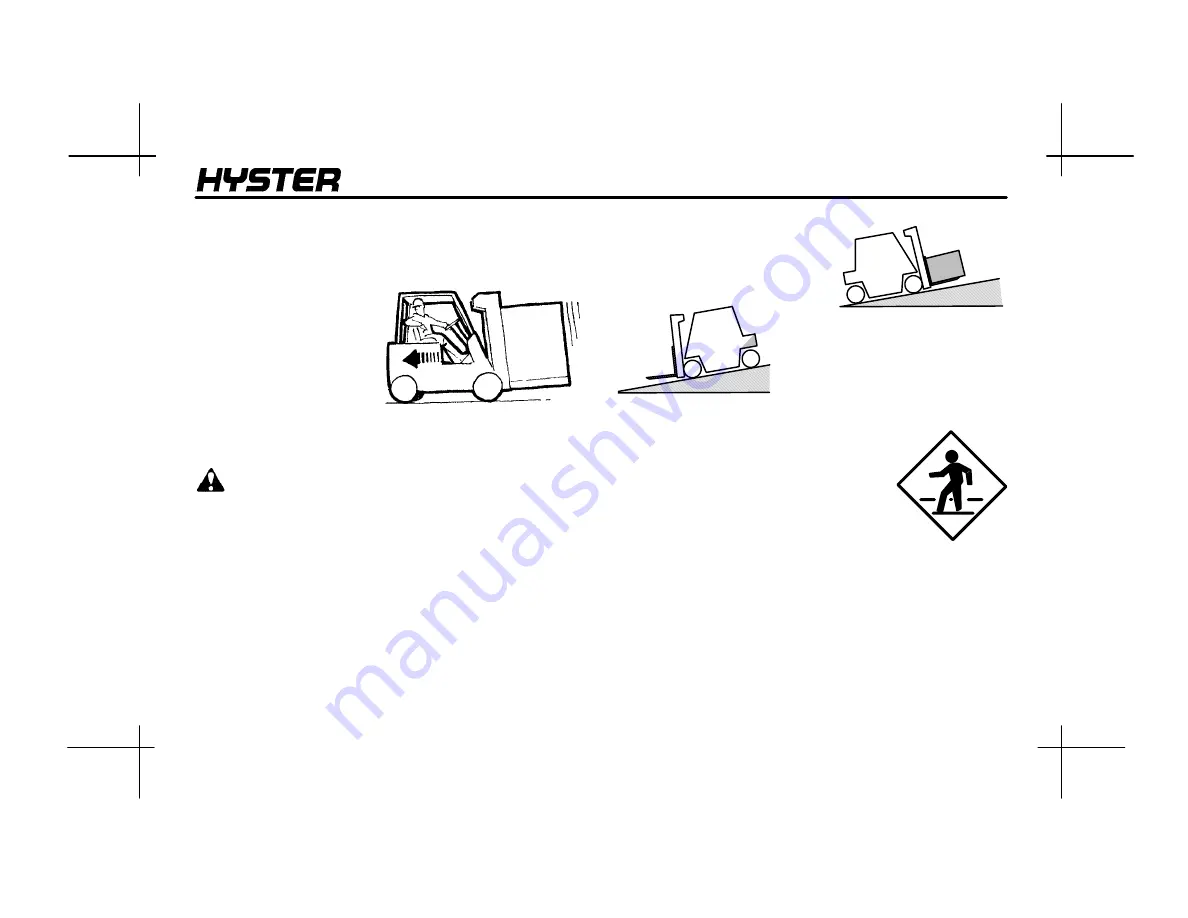
OPERATING PROCEDURES
49
ered (travel) position. Therefore, a lift truck without a load
is more likely to tip sideways, especially in a turn, than a
lift truck with a load carried in the lowered position.
3. For better visibility with
large loads, travel with the
load trailing, but always
keep a proper lookout in the
direction of travel. Normally,
direction of travel is deter-
mined by the best visibility
available to the operator. If the lift truck must travel in a
direction where visibility is obstructed, a lookout helper
may be required.
WARNING
Some lift trucks have mirrors for viewing along the
side to observe the tail swing area. These mirrors are
an aid to the driver, but are NOT driving mirrors and
must NOT be used as such when operating in reverse.
Always look in the direction of travel to avoid damage
to something or injury to someone.
4. When traveling up or down a
grade with a
heavily loaded
lift
truck, keep the load upgrade to
maintain control.
When operating an
unloaded
lift
truck on a steep grade, keep the
counterweight upgrade.
5. Watch out for pedestrians at all times.
Do not drive up to anyone standing in front
of an object. Use extra care at cross --
aisles, doorways and other locations
where pedestrians can step into the path
of travel of the lift truck. Slow down when
approaching blind intersections or turns and sound the
horn. This alarm is to warn pedestrians that there is a ve-
hicle in the area and to be alert to possible danger.
Property of American Airlines


